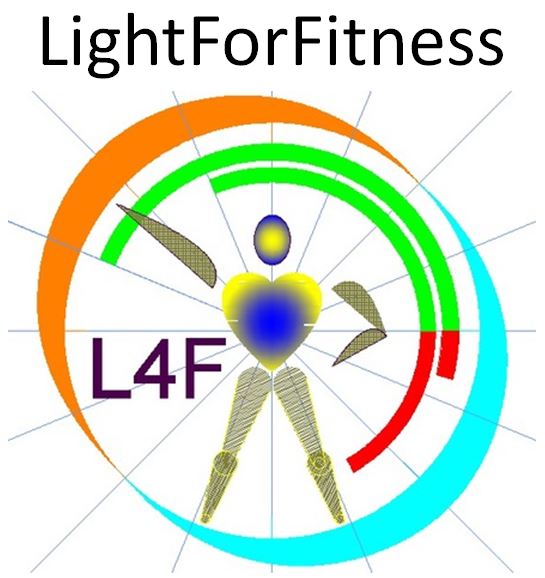Stop the Lumen Nazis (The News Letter, sign-up, click here!)
Stop the Lumen Nazis (chronological link/listing of all past monthly editions)
Why blue and green light should not be found within the spectrum of a street lamp

Table of Contents: March 10, 2019 Dunham and Grady to the Mayor and Trustees August 10, 2021 Grady and Dunham to the Mayor and Trustees August 20, 2021 Haungs email “Why purchase customized...?” to the Mayor and Trustees
March 10, 2019 Dunham and Grady to the Mayor and Trustees
10 March 2019
Dear Mayor Landis and Trustees:
We are a physicist and an astronomer from SUNY Fredonia, responsible for the observatory there, and residents of Fredonia. We are concerned about possible negative effects of the proposed LED street light conversion project. The observatory is already rather severely impacted by the brightness of the local night sky. The telescope draws close to 500 visitors per year, many of them from surrounding communities. It also has an important educational and research function. If the village is not careful to protect the night sky we will do significant harm to this resource, not to mention the other detrimental impacts on human and animal health that are well-documented. We fear that the power company may be more focused on efficiency and not on the problems that LED’s have brought to other communities. For instance, even though the city of Los Angeles reduced the strength of illumination in its LED conversion, skies became more than twice as bright (http://www.flagstaffdarkskies.org/led-lighting-dark-skies/).
The March 8 Observer article quotes the power company representative as saying these LED’s are “very dark sky friendly.” Unfortunately that is often not the case, so the exact bulbs and fixtures need to be chosen carefully. Many municipalities have chosen to increase lighting levels instead of just going for cost savings. This aggravates the light pollution problem for plants and wildlife, as well as increasing skylight, and is annoying for people as well. Although the fixtures are generally better at projecting the light downward, due to the color difference white LED’s are about 3x worse for astronomy than the high-pressure sodium currently in use (the spectrum of which can be largely removed with a filter). Low pressure sodium is the best for astronomy, as it is monochromatic. White-light LEDs can actually make the light pollution problem much worse, since the simplest white-light LEDs contain significant amounts of light at the blue end of the spectrum. It is well-documented that nighttime blue light is harmful to human and animal health, increases glare (increasing the risk of traffic accidents), and leads to increased levels of light pollution even if shielded light fixtures are used (the light might initially be directed down, but it reflects off the ground back up).
The AMA recommends color temperatures below 3000K (warm white). Unfortunately even these have harmful levels of blue light, so should be provided with a blue-blocking filter (FLED). Another alternative is using amber LED’s such as PC-Amber (phosphor-converted amber) which have spectra similar to the high-pressure sodium they will be replacing. This would have the least impact and, as the public is already used to the amber lighting, perhaps the least objectionable from an aesthetic standpoint. Although some people imagine the better color rendition of white light might improve safety, that has not been borne out in research studies. The International Dark Sky Association and City of Flagstaff AZ (link above) have some good resources:

See also: https://www.savingourstars.org/commercial
We would be happy to be of any help that we can.
Sincerely,
Michael Grady, Ph.D.
Michael Dunham, Ph.D.
Department of Physics, SUNY Fredonia
—
Dr. Michael Dunham
Assistant Professor of Physics
Director, Fredonia Observatory
State University of New York at Fredonia
280 Central Ave, Fredonia, NY 14063
https://home.fredonia.edu/physics/michael-dunham
—
Dr. Michael Dunham
Assistant Professor of Physics
Director, Fredonia Observatory
State University of New York at Fredonia
280 Central Ave, Fredonia, NY 14063
https://home.fredonia.edu/physics/michael-dunham